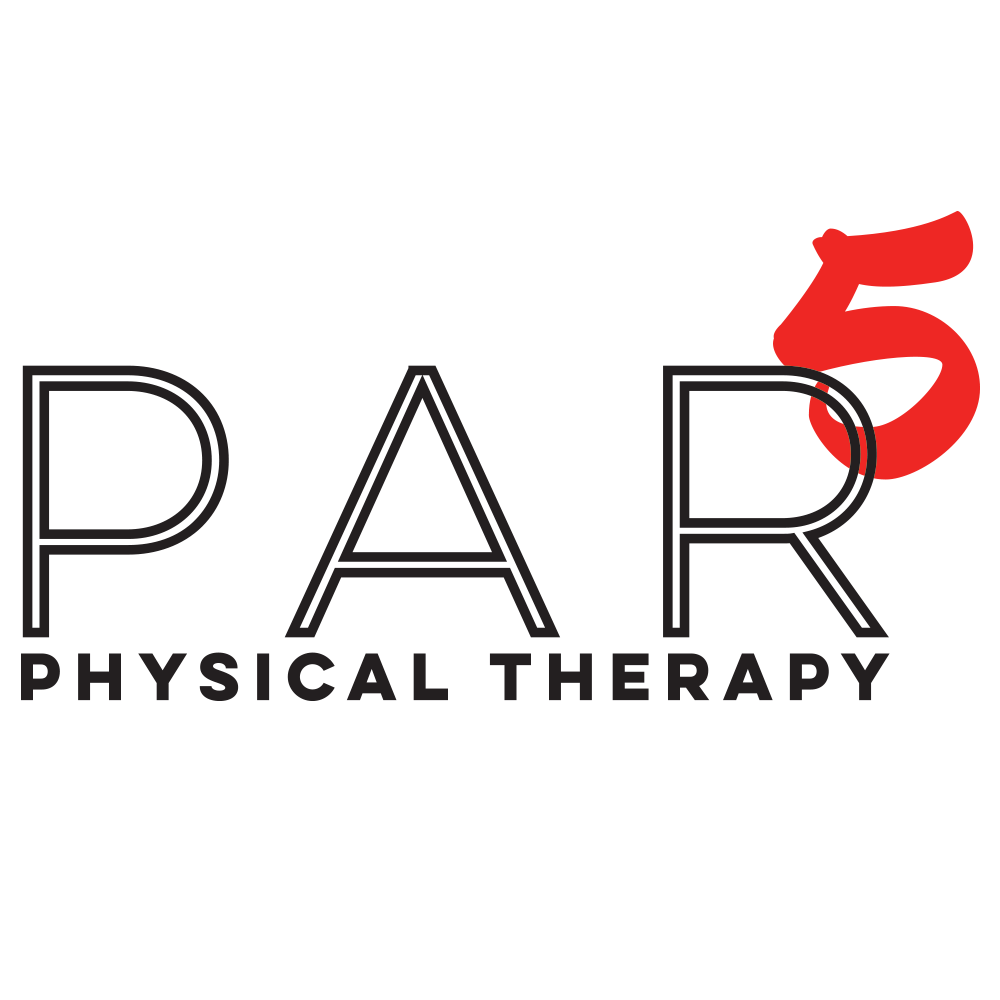Squatting Without the Ache: How to Prevent Knee Pain and Improve Your Form
Squats are one of the most effective exercises for building lower body strength, improving mobility, and enhancing overall fitness. However, they’re also an exercise that can lead to knee pain if not performed correctly. Whether you’re a beginner or a seasoned lifter, understanding the nuances of proper squatting form is crucial for preventing knee injuries and maximizing the benefits of this powerful exercise
The Benefits of Squatting:
Before diving into the details of knee pain, it's worth noting why squats are so beneficial. Squats engage multiple muscle groups, including the quadriceps, hamstrings, glutes, and core. They help improve strength, stability, and flexibility, making them a cornerstone of any fitness routine. Proper squatting technique not only boosts your athletic performance but also enhances your functional movement in daily life. Contrary to popular medical belief, squats are NOT bad for your knees. Bad squatting form is bad for your knees.
Common Causes of Knee Pain During Squats:
Poor Alignment:
One of the most common culprits of knee pain during squats is poor alignment. If your knees cave inward (a movement known as knee valgus), it can put excessive strain on the knee joints. This misalignment often results from weak hip muscles or limited ankle mobility or poor foot positioning and can lead to discomfort or injury over time.
Inadequate Warm-Up:
Jumping straight into squats without a proper warm-up can lead to stiffness and increase the likelihood of knee pain. Cold, tight muscles are less flexible and more prone to strain, which can affect your form and place unnecessary pressure on your knees.
Overloading the Knees:
Using too much weight or progressing too quickly with your squat routine can overload the knee joints. When the weight is too heavy, you may find yourself compensating with poor form, which increases the risk of knee pain. It's important to build strength gradually and ensure that your technique is solid before adding more weight. Prioritize movement mechanics first, then be consistent, before increasing intensity.
Weak Supporting Muscles:
The muscles around your knees, particularly the quadriceps, hamstrings, and glutes, play a crucial role in stabilizing the joint during squats. If these muscles are weak or imbalanced, your knees may bear more stress than they should, leading to pain or discomfort. Strengthening these supporting muscles is key to reducing knee strain during squats. The gluteus medius is the most important muscle and is commonly the weakest in most people.
Tips for Squatting Without Knee Pain:
Master the Basics of Proper Form:
The foundation of pain-free squatting lies in mastering the basics of proper form. Here are some key elements to focus on:
Foot Positioning: Stand with your feet shoulder-width apart or slightly wider, with your toes pointing slightly outward. This stance provides a stable base and allows your knees to track naturally.
Knee Alignment: As you lower into the squat, ensure your knees track in line with your toes. Avoid letting them cave inward or letting your heels come off the floor. Think about "spreading the floor" with your feet to engage your hip muscles and keep your knees in proper alignment.
Hip Hinge: Initiate the squat by hinging at your hips, as if you’re sitting back into a chair. This movement helps shift the load to your glutes and hamstrings, reducing stress on your knees.
Depth: Aim to lower your body until your thighs are parallel to the ground or slightly below. However, don’t sacrifice form for depth—go only as low as you can while maintaining proper alignment.
Warm-Up Thoroughly:
Before you start squatting, take the time to warm up your lower body muscles. Dynamic stretches such as leg swings, lunges, and hip openers can increase blood flow, improve flexibility, and prepare your knees for the demands of squatting. A proper warm-up also helps activate the muscles needed for good form.
Strengthen Supporting Muscles:
To squat safely and prevent knee pain, it’s essential to strengthen the muscles that support the knee joint. Incorporate exercises that target the quadriceps, hamstrings, glutes, and calves into your routine. Lunges, step-ups, hamstring curls, and glute bridges are all excellent choices that can help build the necessary strength and stability.
Use Progressive Overload Wisely:
While it’s important to challenge yourself in your squat routine, it’s equally important to progress gradually. Focus on perfecting your form with bodyweight squats before adding resistance. When you’re ready to add weight, start light and increase the load slowly, ensuring that your technique remains solid with each progression.
Listen to Your Body:
Pain is your body’s way of signaling that something is wrong. If you experience knee pain during squats, don’t ignore it. Stop and assess your form, reduce the weight, or modify the exercise to a variation that feels comfortable. If the pain persists, it may be wise to consult with a physical therapist to identify any underlying issues and receive personalized guidance.
Check out this video on proper squat technique:
Squats are an incredibly effective exercise, but only when performed with proper form. By focusing on alignment, warming up properly, strengthening supporting muscles, and progressing wisely, you can prevent knee pain and enjoy the full benefits of squatting. Remember, the key to pain-free squats is not just about how much weight you lift, but how well you move. Take the time to master your technique, listen to your body, and don’t hesitate to seek professional guidance if needed. With the right approach, you can squat safely, build strength, and keep your knees healthy for years to come.
PAR 5 Physical Therapy specializes in helping active individuals in Morris County, NJ get back to exercising and working out pain-free without taking time off or relying on injections/pain medication. PAR5PT offers physical therapy and performance services to all populations, with specialties in Orthopedics, Golf Fitness Training and Rehab, Manual Therapy Techniques, and Wellness Services.
If you’re dealing with anything, big or small, and you have questions, just call/text 973-490-4955.

